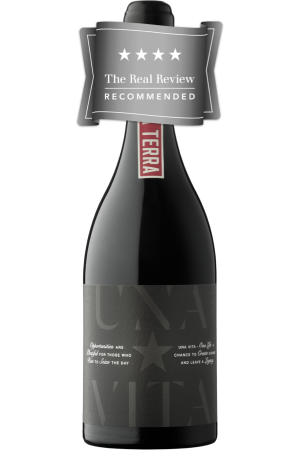In 2007, when Alexandra Manousakis left a corporate job in New York City to move to her family’s home in rural Crete, the wine scene on the Greek island was, in her words, “traditional.”
“There wasn’t a wine bar, you couldn’t find a stemmed glass,” she says. Many locals had only recently begun putting their bulk wine into bottles. Much of it was simply labeled “Vins de Crete,” and contained a blend of whatever red or white grapes had ripened in tandem in mixed plots.
Fast forward to 2023, and Manousakis is the second-generation owner of Manousakis Winery in Vatolakkos, Crete. It produces 150,000 bottles a year, including Syrah and Mourvedre that her father planted in 1993, as well as Cretan varieties like Vidiano, a white wine grape noted for its ageability, and Muscat de Spina, a local Muscat clone capable of Gewurztraminer-esque aromatics. The estate hosts tastings and events at its taverna, and partners with a tour operator to host trips throughout the region.
You May Also Like: A Wine Lover’s Guide to Santorini
The Manousakis family’s story plays on repeat across Crete. The island has a wine culture that spans millennia, but its modern industry just started to take shape in the last two decades. That’s when a series of cultural, demographic and economic changes radically altered the way Cretans make, drink and sell wine.
All of this means that right now is a pivotal time for anyone interested in buying or drinking Cretan wine.
This Article was originally published on Wine Enthusiast





